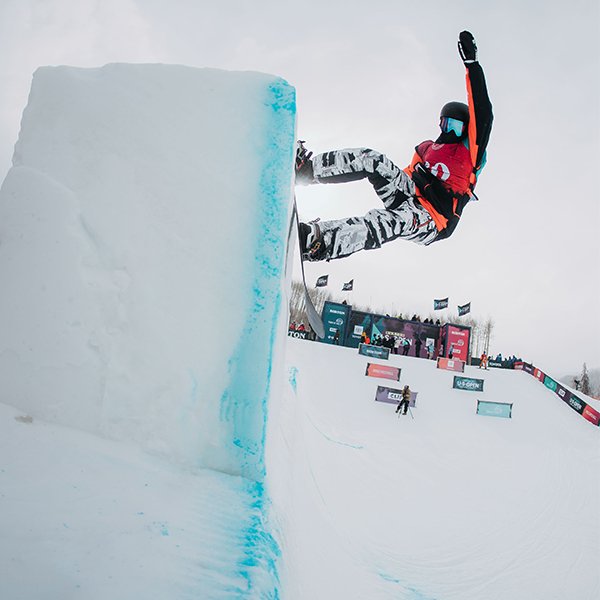ust in time for next month’s Burton U.S. Open Championships, Vail’s Superpipe in Golden Peak is now open. The Superpipe, with its 22-foot-high walls, is North America’s largest.

When the athletes hit the pipe next month, they will soar 15-18 feet out of the pipe. That’s flying 40 feet off the ground. Although daunting in size, the larger pipes are actually safer. Although the amount of air is hard to comprehend, the larger pipes allow for more room for the athletes to learn and more room for the athletes to make big mistakes.
How it’s Built

When halfpipes were younger and technology more limited, the average pipe was only 10-12 feet high and created by Snowboarders with their shovels. The pipes were round on the side with flat bottoms. As boarders and freestyle skiers began trying more technical, dangerous tricks, the pipes also improved. Now, the superpipes measure 22 feet high, 60 feet long and are elliptical from the bottom to the top. The process to creating the pipe is not terribly complex, but just a lot of heard work. First, snowmakers make a massive pile of snow then, grooming lays the foundation and moves the snow to the right places. Next, the walls are built up to 22 feet, one after another. Although measured by yards and feet, measuring the pipe comes down to a matter of inches and degrees. The last step is the rough shaping of the sidewalls, then the meticulous measurement and shaping of the pipe. Snow Park technologies, the creator of the 22-foot Pipe Monster, spent the last two days sculpting and perfecting the shape of the superpipe.


